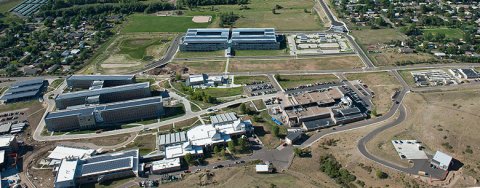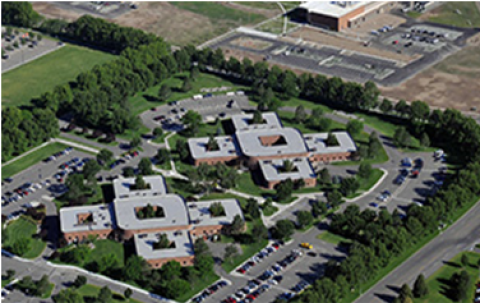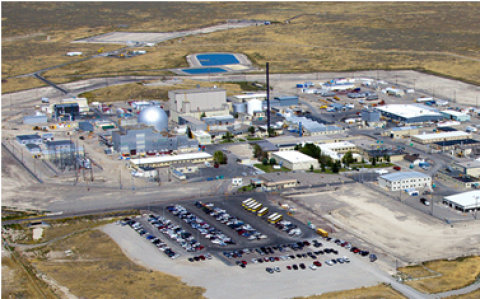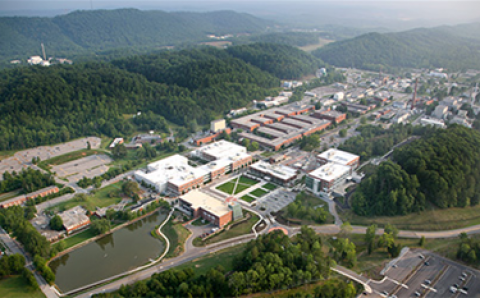For National Bioenergy Day on October 22, bioenergy facilities across the country are holding open houses to increase public awareness of bioenergy and its role in the energy landscape.
Office of Critical Minerals and Energy Innovation
October 22, 2014Watch researchers at Pacific Northwest National Laboratory describe their bioenergy research funded by the Energy Department.
For National Bioenergy Day on October 22, bioenergy facilities across the country are holding open houses to increase public awareness of bioenergy and its role in the energy landscape. By the same token, the Bioenergy Technologies Office (BETO) is offering this virtual open house of its national laboratories—the facilities at the core of BETO’s research and development.
If you want to know how Energy Department bioenergy funding is making an impact, be sure to take a look at our national labs—47% of BETO funding this past year went to the national laboratories. Of that funding, about half went to the National Renewable Energy Laboratory. Pacific Northwest National Laboratory, Idaho National Laboratory, and Oak Ridge National Laboratory also received a large share.
Altogether, 11 of the Energy Department’s 17 national laboratories conduct bioenergy research. These national laboratories are partners with BETO in setting strategic goals to solve energy challenges. Let’s take a virtual visit to four labs leading the way in bioenergy research (percentage of BETO national lab funding shown for each) and learn about some of their recent accomplishments.
National Renewable Energy Laboratory (49%)
National Renewable Energy Laboratory (NREL), in Golden, Colorado, is the federal laboratory dedicated to renewable energy. NREL focuses its bioenergy research on biofuel conversion technologies and bringing these technologies to the market. In February, NREL announced the development of a unique bioreactor that can help determine the ideal location for farms to produce algae as an alternative transportation fuel. In June, NREL researchers identified an enzyme that could significantly reduce the cost of producing biofuel. In September, NREL published a report on a conversion pathway for making biofuel from algae. Watch this video to learn more about NREL’s role in the bioeconomy.
Pacific Northwest National Laboratory (15%)
Pacific Northwest National Laboratory (PNNL) in Richland, Washington, is the Energy Department’s premier chemistry laboratory. It focuses a large amount of research and development on catalysis—the use of a catalyst to speed the rate of a chemical reaction. Catalysis is an important part of conversion processes for biofuels (see this video, also featured at the top of this article). For algae, PNNL developed a process for algae to bio-crude oil in less than 60 minutes and published a report in September on an innovative algae conversion pathway. See PNNL’s Institute for Integrated Catalysis Transformations newsletter for recent accomplishments, and watch this video about PNNL’s work to create alternative biofuels for jet engines.
Idaho National Laboratory (13%)
Idaho National Laboratory (INL) focuses on nuclear energy, national homeland security, and energy and the environment. Its bioenergy research concentrates on transforming raw biomass from agricultural waste and energy crops into feedstocks that can be used for specific biofuel conversion processes. Its Bioenergy Biomass Feedstock National User Facility demonstrates biomass processing and analysis and hosts site visits for leaders from Congress, the community, and industry. INL published an article in April that detailed how to utilize high-moisture biomass as a feedstock. Watch this video to learn more about how INL addresses feedstock challenges.
Oak Ridge National Laboratory (10%)
Oak Ridge National Laboratory (ORNL) was established in 1943 as part of the World War II Manhattan Project. It has a broad portfolio of bioenergy research through the ORNL Bioenergy Technologies Program and the BioEnergy Science Center, including feedstocks supply and logistics, bioenergy sustainability, conversion of biomass to biofuels, and advanced genomics. In July, ORNL researchers won an R&D Magazine R&D 100 Award for their invention of a new class of membranes that could help reduce the price of drop-in fuel derived from bio-oils. Watch this video to learn about ORNL’s bioenergy research.
To continue your virtual visit, watch videos about the bioenergy research at four other Energy Department national labs: Argonne National Laboratory (6% of BETO national laboratory funding), Lawrence Berkeley National Laboratory (4%), Los Alamos National Laboratory (2%), and Sandia National Laboratory (1%).
Together, these national laboratories are working with the Energy Department to develop a commercially viable biofuels and bioproducts industry that will increase U.S. national security, drive economic growth and create new jobs, and reduce greenhouse gas emissions. Look out for more news on these national labs on the EERE Blog. To learn more about the Bioenergy Technologies Program Office, visit its website.





